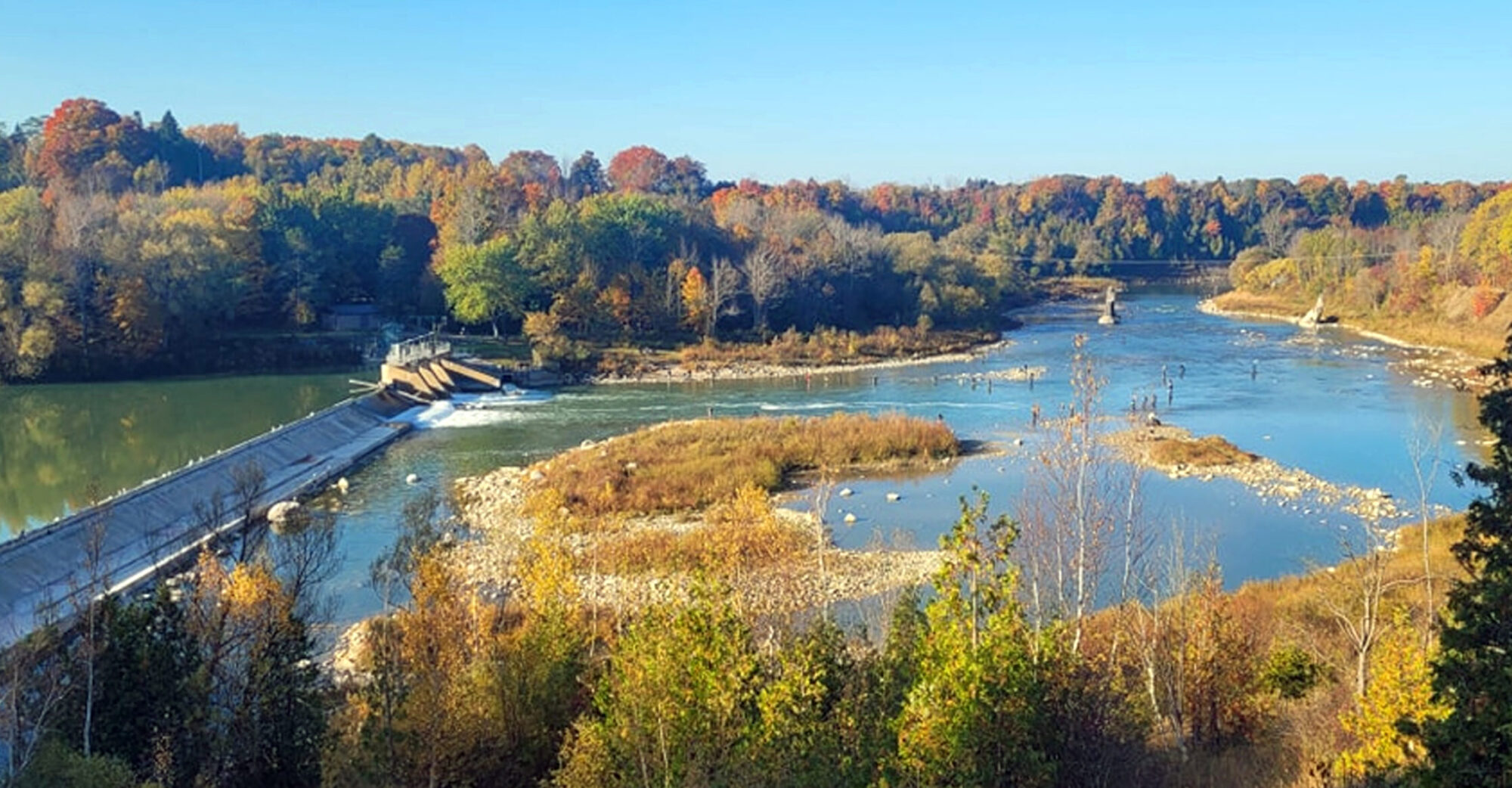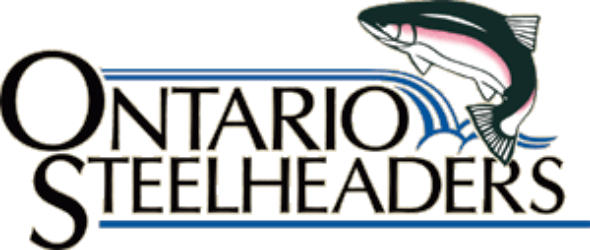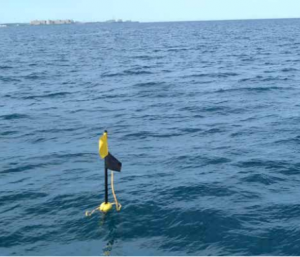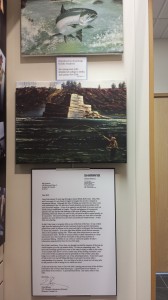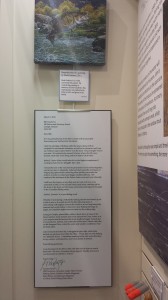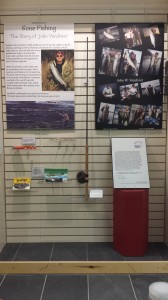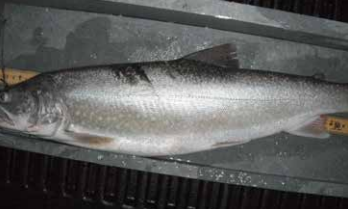
Here is some important information released by Bruce Power. You can download the Bruce Power Lake Huron Creel Survey PDF File
What is a creel survey?
A creel survey consists of a series of questions returning anglers are asked about their fishing effort and catch as well as a measure, weigh and scale sample from their catch. Participation in this survey is optional.
What is the objective?
The objective is to collect data on the recreational fish community and feed this information into the follow up monitoring required by the Bruce Power Units 1 and 2 Refurbishment Environmental Assessment requirements.
When and where are the creel surveys being conducted?
Creel surveys are being conducted in the vicinity of Bruce Power in collaboration with the Ministry of Natural Resources (MNR), following a standard MNR protocol. Field staff operate from the two closest boat launches to Bruce Power at Baie du Doré and in Inverhuron Provincial Park. Creel surveys began in June and will continue until the end of October. The frequency is six days per week until Labour Day and then three days per week until the end of October. There are day and evening shifts, and the effort is equally distributed between the two locations.
Where does the information collected go and what happens with it?
This information is logged into a database and the dataset is evaluated to see what species of fish and habitat utilization are occurring in the local area over a period of time.
Questions
If you have any questions about the creel survey, please contact John Peevers at 519-361-2673 x6583, email john.peevers@brucepower.com or call the Duty Media Officer at 519 361-6161. Thank you in advance for your support of this Bruce Power project.
